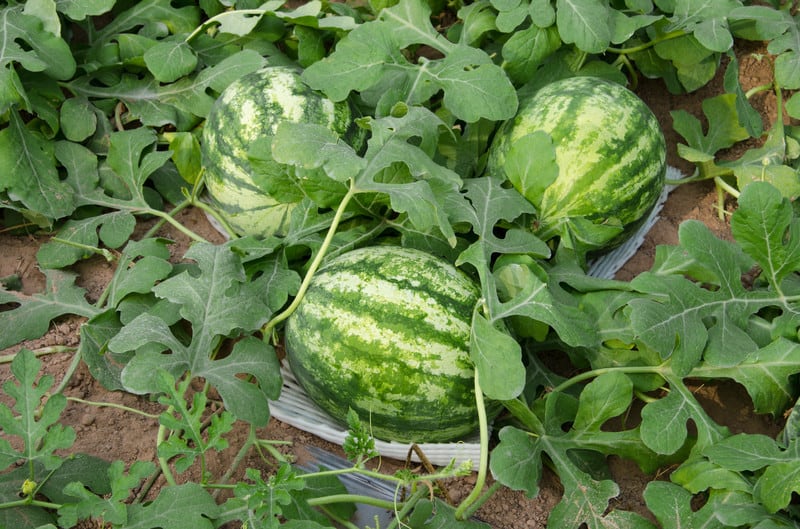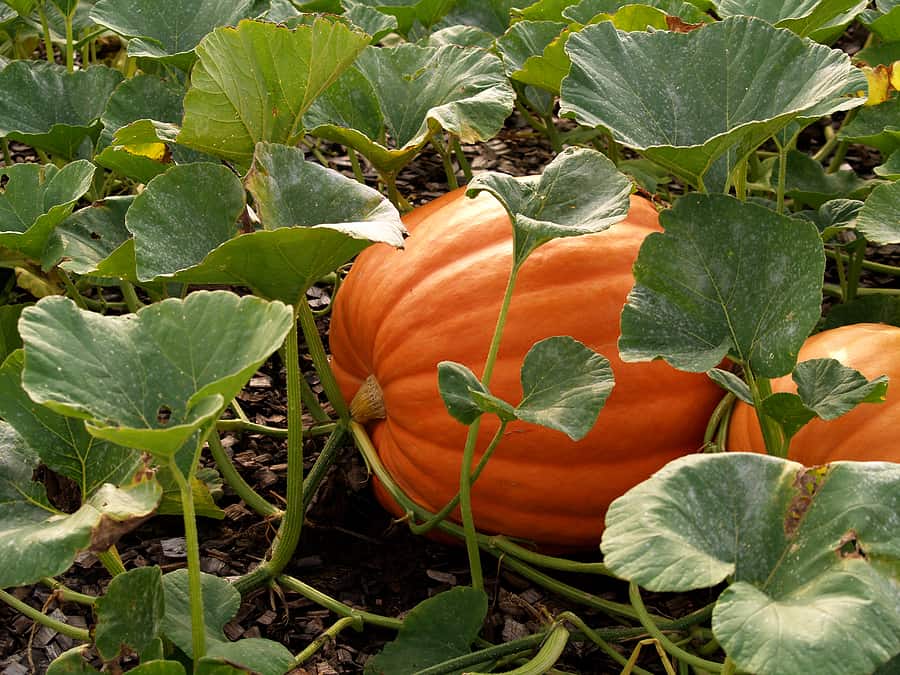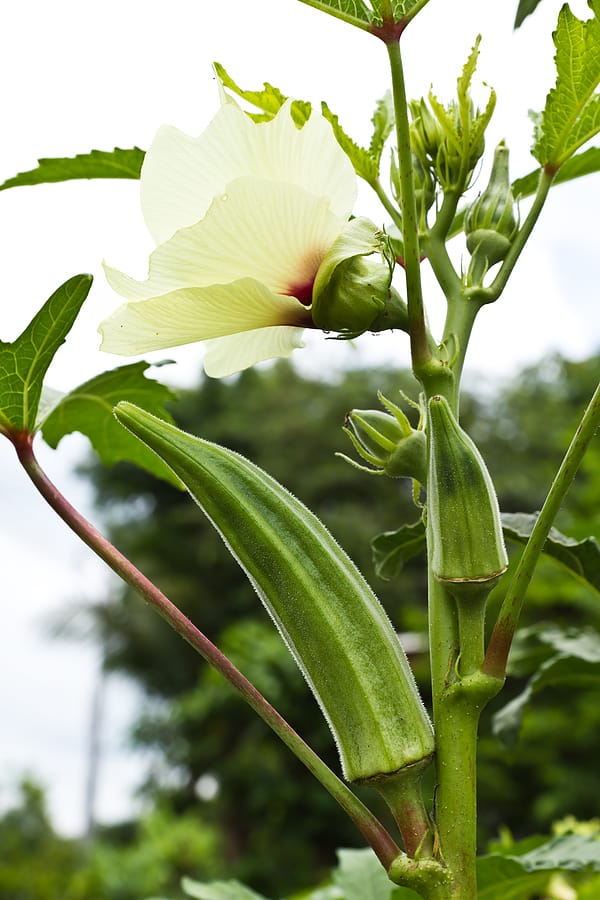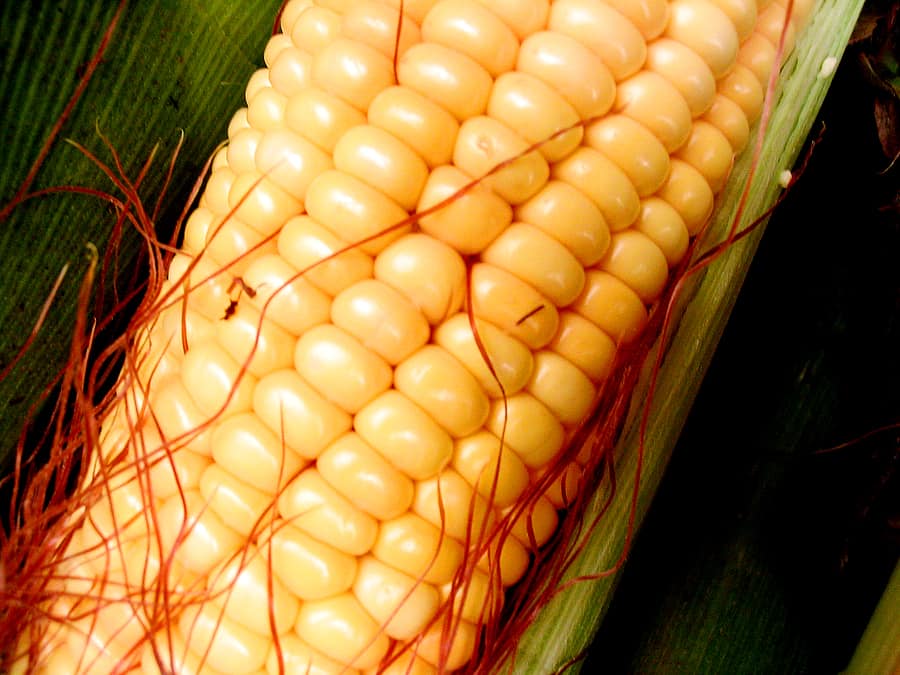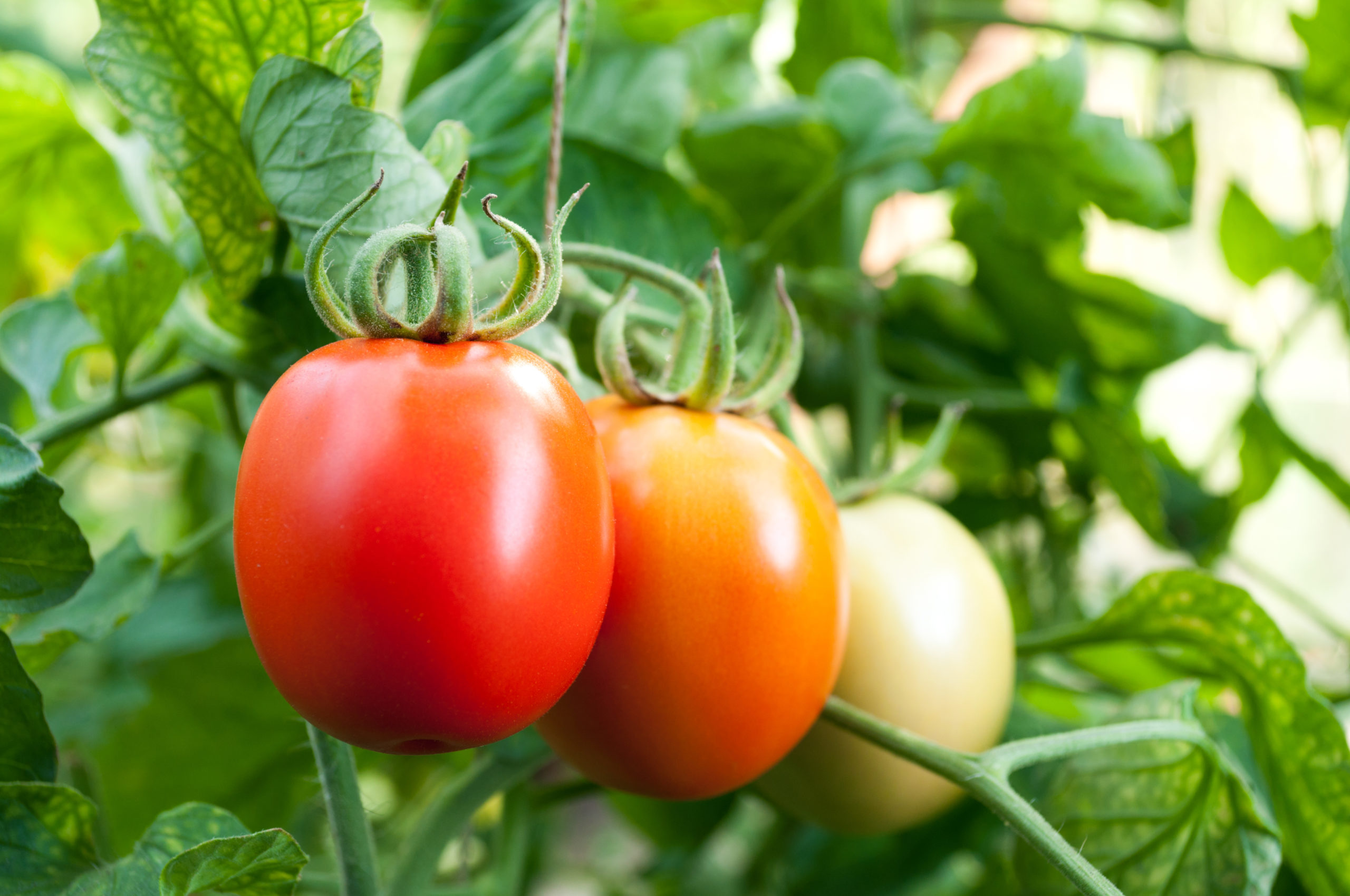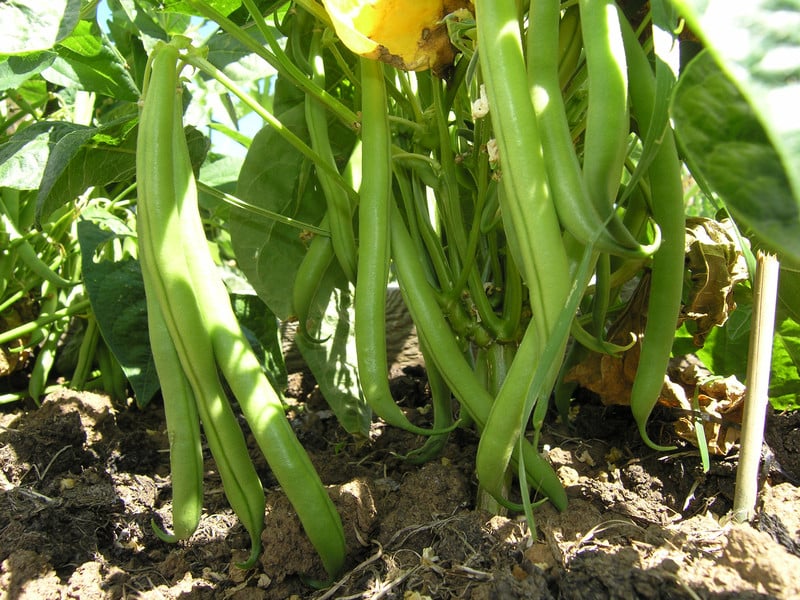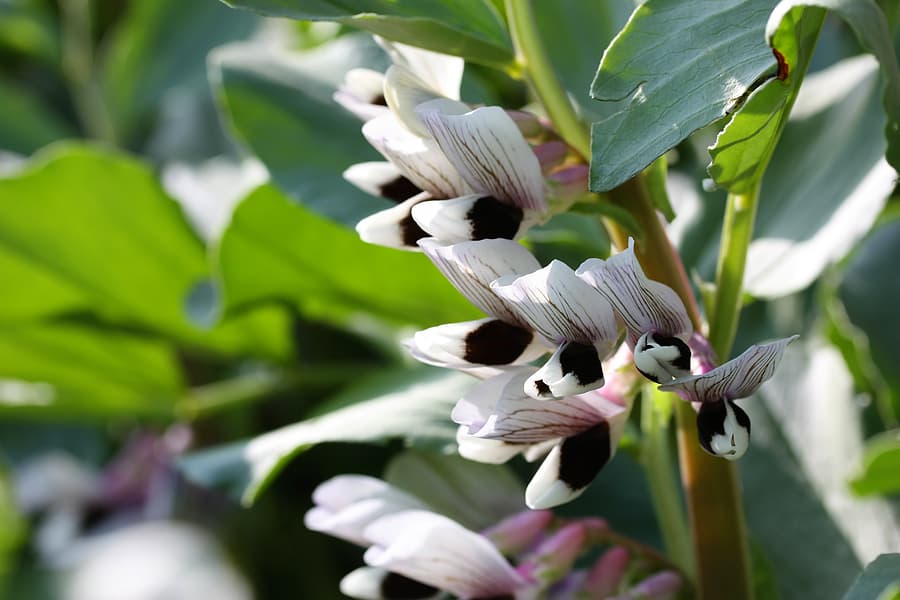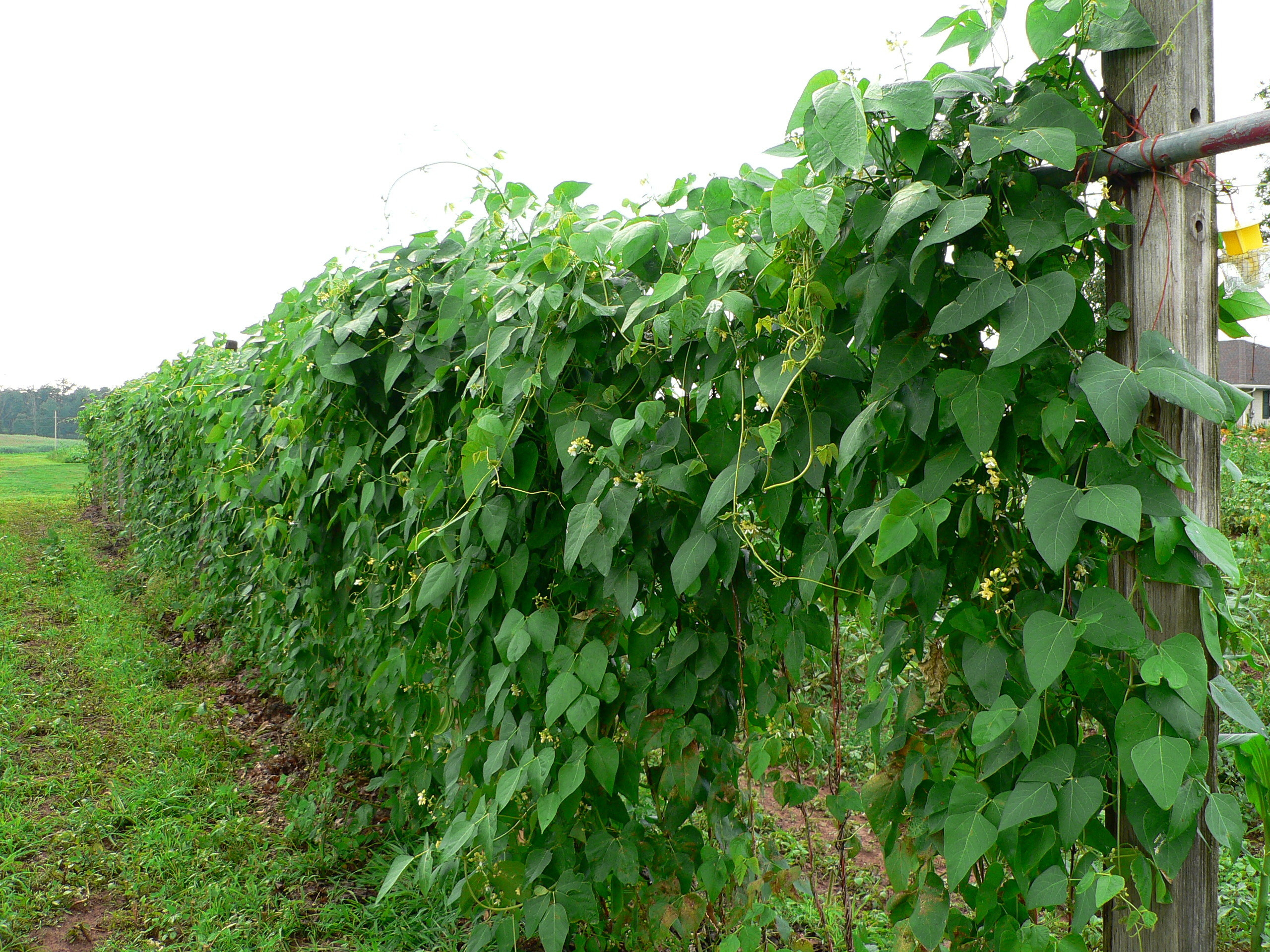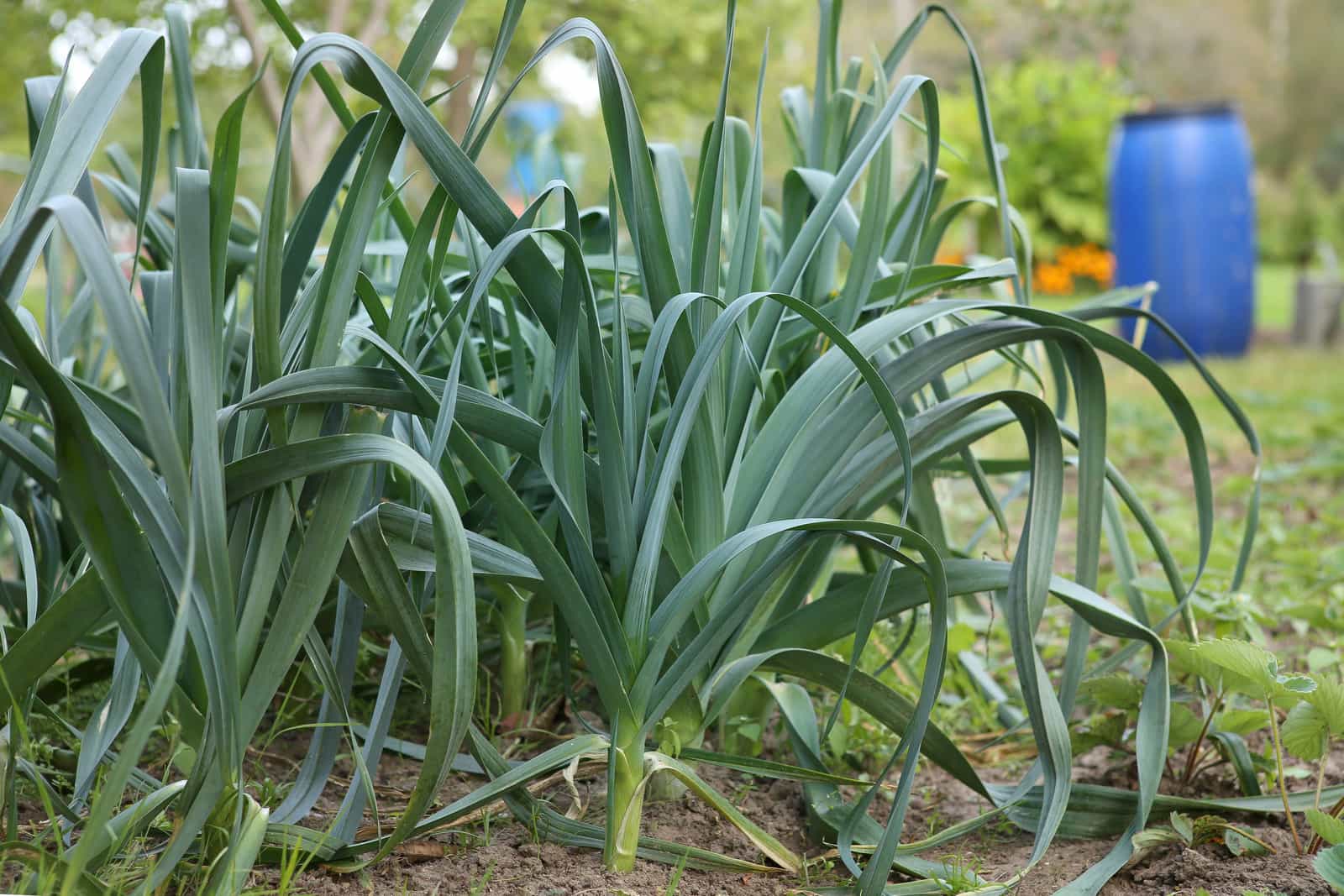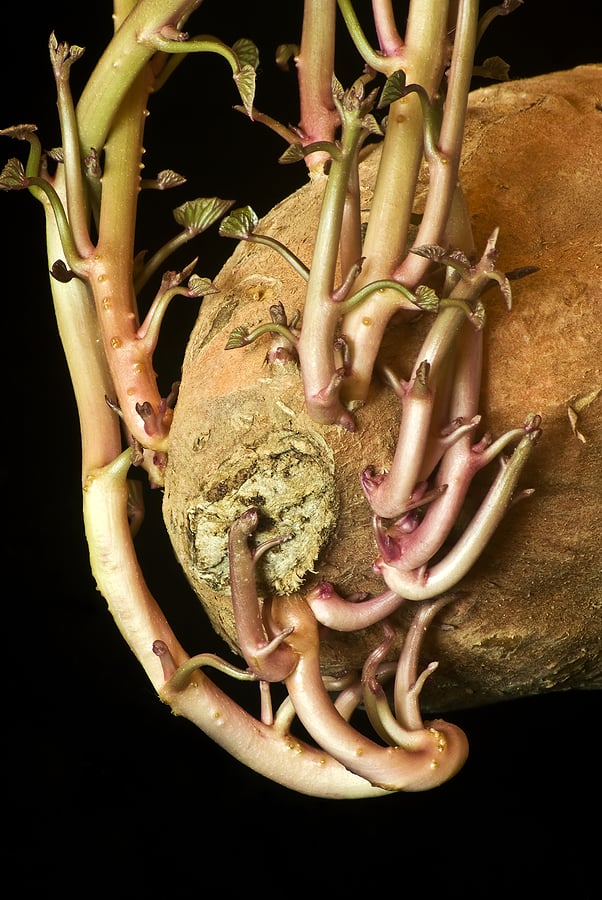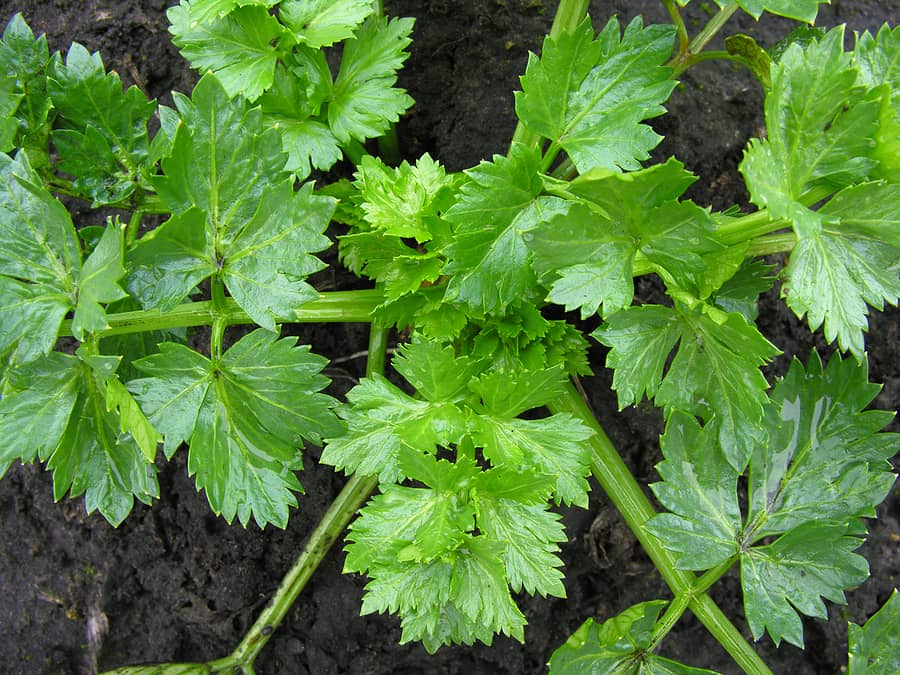How to Grow
More stories
-
How to Plant and Grow Pumpkins
Pumpkins are a warm-season annual that requires from 90 to 120 frost-free days to reach harvest. Grow pumpkins in the warmest, frost-free part of the year. Sow pumpkin seed or set out transplants about 2 weeks after the last expected frost in spring. Sow or plant a successive crop 4 weeks later. Sow pumpkin seeds […] More
-
How to Grow Okra from Planting to Harvest
After growing okra in my summer garden for more than three decades, I’ve come to appreciate just how rewarding this heat-loving vegetable can be—if you give it the warmth and space it craves. Whether I’m growing a towering row of ‘Clemson Spineless’ in a sunny raised bed or tucking dwarf varieties into containers on the […] More
-
How to Grow Sweet Corn: The Complete Guide from Planting to Harvest
Corn is one of the most rewarding crops you can grow in a home garden. Whether you’re planting sweet corn for summer barbecues, ornamental corn for autumn decor, or popcorn for cozy movie nights, growing corn brings both beauty and bounty to your garden. After more than 30 years of growing corn, I’ve learned what […] More
-
How to Choose a Tomato for Your Garden: Best Varieties for Success
How do you choose which tomatoes to grow in your garden? Here’s a suggestion: Make a list of how you and those in your household enjoy tomatoes. Consider the 5-S’s— salads, sandwiches, sauces, soups., and salsa. There are tomatoes perfect for each of these uses. Plant 1 to 3 tomato plants for each household member […] More
-
in How to Grow, Legumes, Plant
The Ultimate Guide to Growing Snap Beans: From Planting to Harvest
snap beans growing guide More
-
in How to Grow, Legumes, Plant
How to Plant, Grow, and Harvest Broad Beans, Fava Beans
Broad beans, also called fava beans, are a cool-season crop. The broad bean is a bushy, hardy annual that can grow from 3 to 4½ feet (.9-1.3m) tall. The broad bean has square stems with leaves divided into leaflets. Plant broad beans, also called fava beans, directly in the garden 4 to 7 weeks before […] More
-
in How to Grow, Legumes, Plant
How to Plant, Grow, and Harvest Lima Beans
Lima beans are tender annuals grown for their flat, crescent-oval-shaped seeds. There are two types of lima beans: bush and pole or vine varieties. Bush types grow to about 2 feet tall (.6m) and tend to have smaller seeds; they bear more quickly than pole lima bean varieties. Pole lima beans have large seeds and […] More
-
in How to Grow, Legumes, Plant
How to Grow Soybeans
Soybeans are bushy, free-branching, warm-weather annuals. There are more than 10,000 soybean cultivars. Seeds can be smaller than a pea or as large as a kidney bean. Soybeans grow 12 to 36 inches (30-91cm) tall. Stems and leaves are hairy. The flowers are white with lavender shading. Pods grow 1 to 4 inches (2.5-10cm) long […] More
-
How to Plant and Grow Leeks
Leeks are grown for their thick, juicy, long stalks. They are a mild-flavored alternative to the onion. Leeks require a long growing season—up to 170 days. They grow best in cool, mild weather. Leeks are nearly a year-round garden grower. Start leeks indoors in winter for planting out in very early spring for an early […] More
-
How to Plant and Grow Sweet Potatoes
Sweet potatoes are tender, warm-season perennial plants grown as annuals. Sweet potatoes are commonly grown from rooted sprouts called slips. -purchased at the garden center or from a seed catalog. Sweet potatoes require warm, frost-free weather to grow. The time to put sweet potato slips in the garden is after the soil has warmed to […] More
-
How to Plant and Grow Eggplant
Eggplant is a very tender warm season perennial grown as an annual. Grow eggplant in the warmest, frost-free time of the year. The edible fruit can be long and slender or round or egg-shaped fruit. The fruit is creamy-white, yellow, brown, purple, or sometimes almost black. Eggplant is a small- to medium-sized bush vegetable that […] More
-
in How to Grow, Plant
How to Plant and Grow Celery
Celery is a cool-weather crop. It requires a long growing season–16 weeks of cool weather to come to harvest. Celery is a hardy biennial grown as an annual. It has a rosette of 12- to 18-inch (30-45cm) stalks, topped with divided leaves. Celery is grown for its edible stalks, leaves, and seeds. Celery is the […] More

